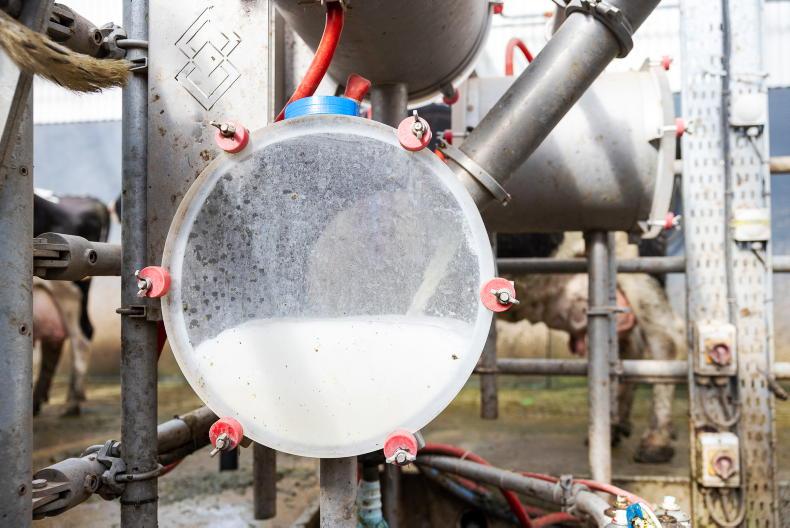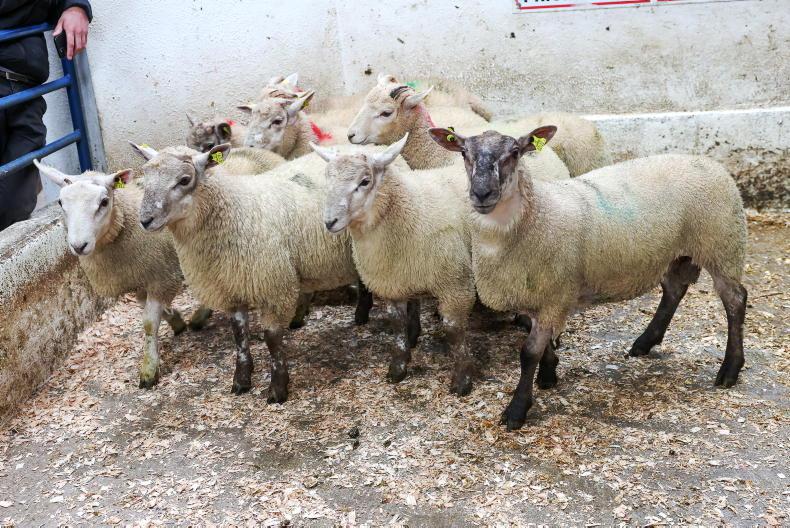It has been relatively quiet on the farm over the past few weeks, with the cows dried off.
The daily workload involves lifting fences around kale and fodder beet, as well as catching up on those forgotten jobs from the past season.
At the end of May, after drying off, we walked the cows 11 km to their winter grazing.
Upon arrival, cows were split into two groups and put on to fodder beet. We must transition the cows gradually over two to three weeks, slowly increasing the amount in their diet until they can eat between 7kg and 8kg. Only then can we confine them to a paddock of fodder beet. If the transition is done wrong, it can lead to acidosis from overeating.
The early wintering period is somewhat labour-intensive, but once the cows are fully transitioned, the workload decreases, allowing us to take some holidays.
Cattle stops
Back on the home farm, we have been completing a couple of cattle stops (cattle grids) at road crossings.
These stops allow cows to cross the road without holding up traffic or needing a person to guide them. These quiet roads are well-suited for this purpose and it also saves the cost of an underpass, which would have been about ten times more expensive.
In the past few weeks, we have finished fencing the crossings and painted the posts white to make them more visible to traffic, along with some council-specified signage.
We have also made some changes in the yard by installing an AI race/herringbone crush. The original AI race was not fit for purpose, so we removed one side, inserted a new breast rail, and moved it further out to match a herringbone parlour. This should allow us to fit more cows in the race during AI.
New team
Staffing for the calving season is now sorted, with our team comprising Irish, Canadian, Kiwi and Filipino members. I am very fortunate to have a team with plenty of experience, along with an Irish student joining us again this year.
Looking after everyone during calving is crucial, which is one reason why we hold weekly meetings. This gives everyone a chance to voice their opinions, and as a group, we can plan the workday and often find more efficient ways to execute tasks.
Once calving starts, it brings with it the real challenge of trying to keep everyone happy.
On our wintering block, we had our first calf born a week early, allowing it to get a spin in the Rav4 back to the farm, with its mother in tow. Since then, we have been milking just five cows, although the rest are now due to return home.
It won’t be long until we have 30 to 40 calves a day. The calm before the storm is about to come to an end.









SHARING OPTIONS